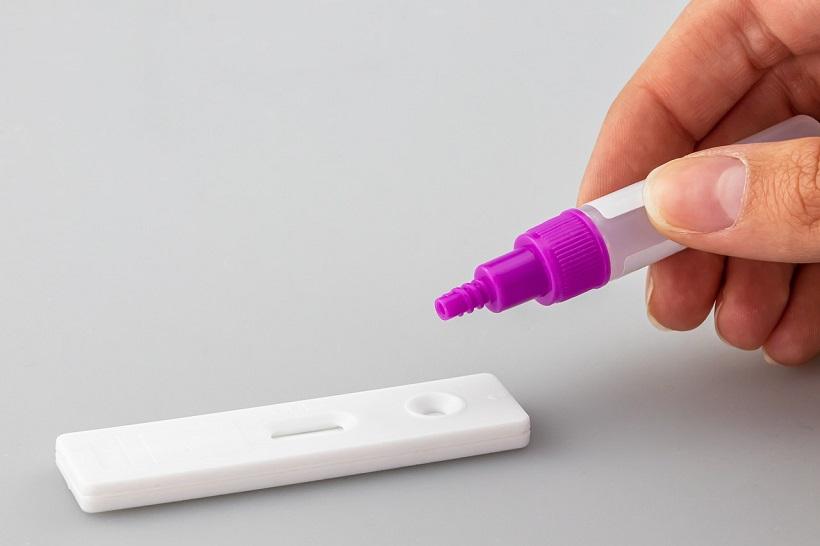The concept of new tests
There has been unflagging interest in quick biotests and biosensors. It became evident during the coronavirus pandemic. Mariusz Pietrzak, PhD, DSc, Associate Professor at the Faculty of Chemistry at WUT is working on devising new types of tests.
If an analyte, i.e. the substance we want to detect, is present in a sample, the reading of the simplest biotest involves the appearance of a coloured line in the diagnostic field. The colouring occurs thanks to the use of labels in tests, which are most frequently nanoparticles of gold.
In the project “Application of alloy-type nanoparticles of gold/other metal as labels in biotests and biosensors” Professor Pietrzak is working on the materials for tests which use nanoparticles with enzyme-like characteristics, the so-called nanozymes.
“In the world, research on devising this type of nanoparticles has been in progress for a couple of years. Importantly, special emphasis is placed on nanoparticles characterised with simultaneous activity and stability,” says Professor Pietrzak. “Researchers are increasingly looking for their applications, too. Diagnostic tests are among such applications,” he adds.
In ELISA tests, using nanoparticles instead of enzymes has an impact on the increase in their durability (simultaneously observing the storage principles for antibodies appearing on the test surface). For cassette tests, the use of nanozymes increases their sensitivity. By using an appropriate reagent, we can strengthen the line colour in the diagnostic field (sort of provoke it). “If there are very few particles of a virus or another antigen, nanozymes can intensify the line colour. This may increase the detectability of analytes and, consequently, the reliability of conducted analyses. Additionally, in the case of ELISA tests, it also leads to the reduction of costs of analyses, as active nanozymes, even though they contain precious metals, are considerably cheaper than enzymes,” says Professor Pietrzak.
What’s the stage of research? “We have synthesised many particles and characterised them in terms of size, catalytic activity and durability. Currently, we are working on constructing the tests,” says Professor Pietrzak.
The project " Application of alloy-type nanoparticles of gold/other metal as labels in biotests and biosensors" is financed within the research grant of POB Biotechnology and Biomedical Engineering under the programme “Excellence Initiative – Research University” implemented at the Warsaw University of Technology.


